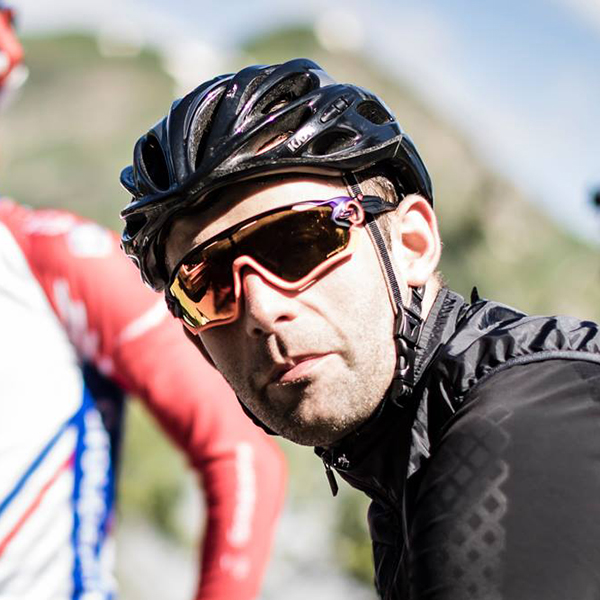2025’s Race Bike of the Year category demonstrates one thing: aero bikes and all-rounder race bikes are merging.
While there were a host of worthy candidates for the race category this year, it will come as no surprise that the two bikes at the pinnacle of road racing right now, the Colnago Y1Rs and Cervélo S5 – thanks to the exploits of Messrs T Pogačar and J Vingegaard – made the final cut.
Of course, these are extreme examples – bikes at the very cutting edge of race bike design – but the reality is they’re now every bit as easy to ride as the all-rounders we’ve become accustomed to recommending in recent years.
The Y1Rs and S5 might look worlds apart from the Specialized Tarmac SL8, for example, but the ride experience isn’t. These true aero bikes are now all-rounders in their own right.
Bike of the Year is supported by Auto-Trail

Big thanks to sports campervan specialists Auto-Trail for supporting our Bike of the Year 2025 test. Head to auto-trail.co.uk for more details about their range, including the cycling-specific Auto-Trail Expedition 68, which features a purpose-built bike garage.
The state of play

Race bikes are generally grouped into aero, lightweight and all-rounders. This is cycling tech after all, so there are sub-disciplines within sub-disciplines but, for the sake of argument, we’ll focus on those three.
Deciding exactly which bikes to pigeonhole can be tricky. In reality, there’s a Venn diagram at play, whereby bikes could be considered in more than one camp at any given time, but for the past five years or so, this is generally how they’ve been considered.
As brands chased more aerodynamic designs on the one hand and gram-shaving on the other, the two categories became even more polarised.
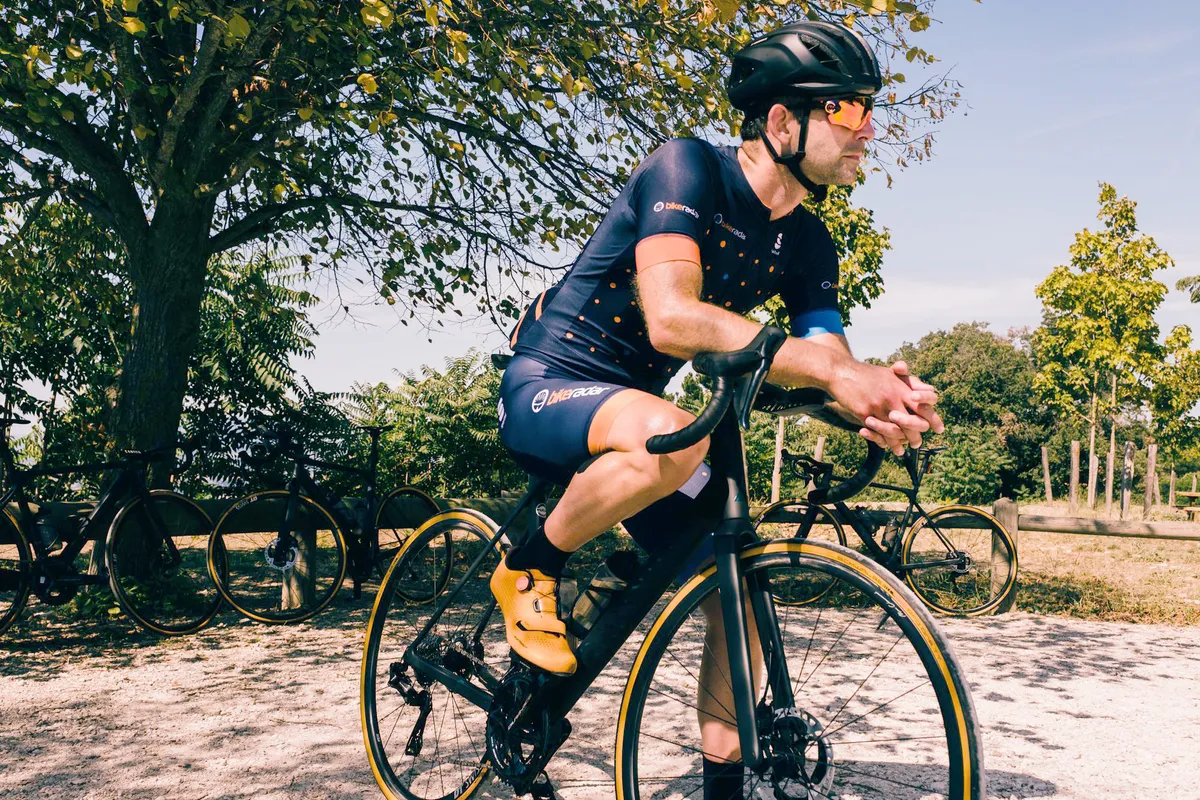
Geometries diverged sharply, too – aero bikes became almost back-breakingly aggressive, while lightweight bikes stayed a little more relaxed.
The Canyon Ultimate typified this lightweight ethos, in contrast to the more aerodynamic and aggressive Aeroad. But there have been numerous examples among practically all brands as they scrambled for market share in these two categories.
Then one day, someone somewhere wondered what would happen if we combined the two, and the all-round race bike was born.
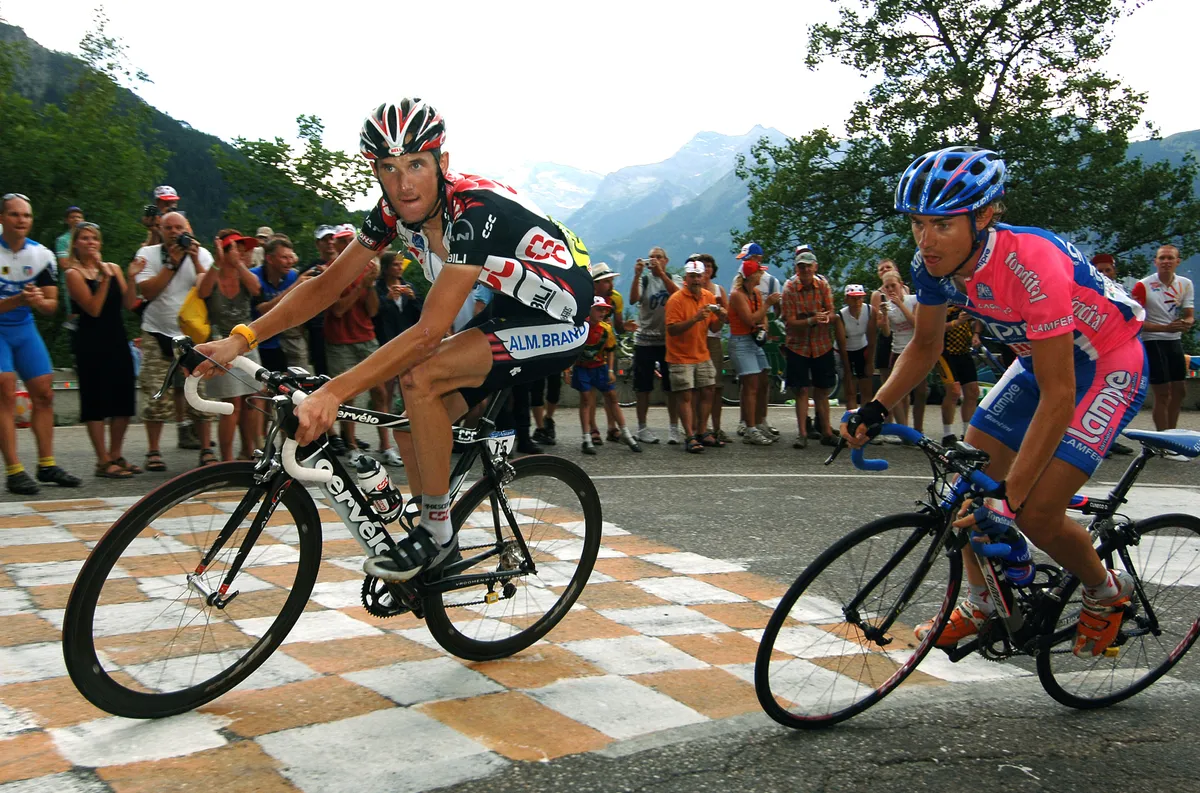
It’s hard to pinpoint an exact model, but the Cervélo Soloist was one of the first true all-rounder road bikes – even if it wasn’t described as such at the time.
The Soloist brought in aero elements, which bridged the gap between the de rigueur super-lightweight bikes of the time and the then-nascent aero bikes category.
Trek’s Madone began sprouting aero design tweaks in the early 2010s, but this was before it had launched the Èmonda (its dearly departed erstwhile lightweight bike).
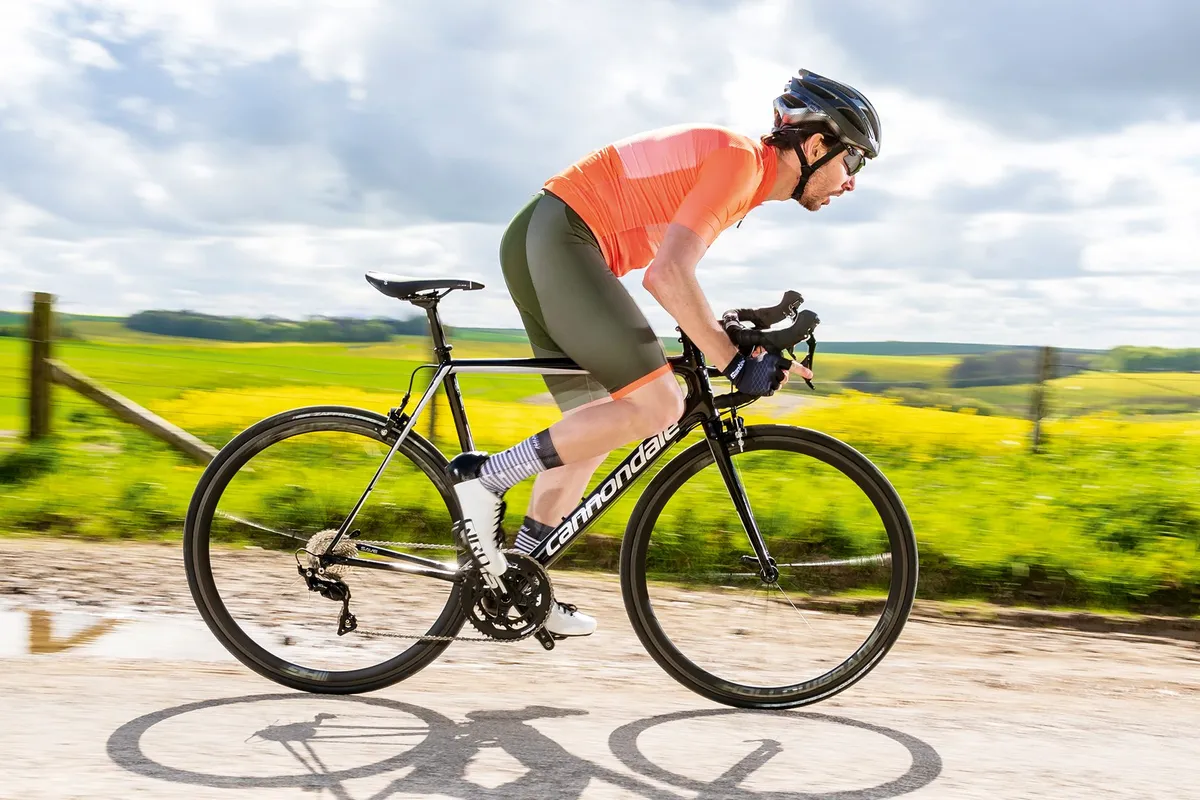
Cannondale made noises about the SuperSix Evo being an all-rounder in the mid-2010s too, arguing that skinny tubes were more aerodynamically efficient – simplistic by today’s understanding, but with some truth.
However, the ‘one-bike-to-rule-them-all’ most definitively arrived with the Specialized Tarmac SL7. It was light and aerodynamic, and perhaps notably, resulted in the retirement of the Venge aero bike – much to the continuing chagrin of the aero posse.

Since then, many bikes have been categorised as all-rounders.
Some straddle the lightweight end of the all-round spectrum, such as the latest Cannondale SuperSix Evo, Canyon Ultimate and Scott Addict RC, while others lean further towards aero optimisation – think the latest Trek Madone SLR, Ridley Falcn RS and ENVE Melee.
More on Bike of the Year 2025
The Colnago Y1Rs and Cervélo S5 were the two finalists in the race category of our 2025 Bike of the Year test.
This year's test saw our expert reviewers, Ashley Quinlan and Warren Rossiter, assess 15 of the very latest bikes across three drop-bar categories: race, endurance and gravel.
From the five highly commended nominees in each category, two were selected for a final showdown and a category winner crowned.
Death of the aero or all-rounder bike?

The latest Cervélo S5 and Colnago Y1Rs threaten to change all that, though.
They are so easy to handle, with sensible geometry, that they ride and fit like the best all-rounders we’ve tested to date – but they are true aero bikes.
Both are – sound the BikeRadar banned-word klaxon – ‘innovative’ in their own way. The Cervélo is one of the mainstream founders of the bayonet fork (alongside early pioneer Factor), while Colnago’s approach to seat tube design is unique. Both brands would have you believe they’re the cream of the aero crop, too, albeit they are guarded about their specific claims.
Make no mistake, these are next-generation aero bikes, but they’re set to force other brands to rethink how they position the next iteration of their bikes.
Think of the predicament facing, for example, Canyon.

Both the Ultimate and Aeroad are due for an update sooner or later, and the name of the latter aside, how these new bikes fit into coalescing categories will need to be addressed.
The Ultimate, considered a lightweight-leaning all-rounder for this generation, may be forced to stay out of the Aeroad’s way by remaining more focused on lightweight performance and ride quality. The Aeroad itself would then be refined and directed to take on the S5 and Y1Rs. In either case, the pure aero road bike or the all-rounder dies.
Specialized also risks being left behind. The Tarmac SL8 is undoubtedly still a very good bike, and a yardstick by which all are measured, but it faces being outclassed by the new crop of aero bikes.
The S-Works version remains very light for an all-rounder, of course, but if lightness is what you want, then buy an Aethos.

So, does the Tarmac ‘grow’ to become more aero, leaving the Aethos to pick up lightweight duties in the future for more than those with the deepest pockets? Or does Specialized direct it more towards the lightweight end of the spectrum and reintroduce the Venge?
Of course, brands could opt to do nothing and simply change their marketing, but that’s why we review bikes independently of interference at BikeRadar, and run projects such as Bike of the Year – so you can make the most informed buying decision.
That small plug for why we do what we do aside, it will be interesting to see how 2026’s new bikes play out. In either case, how brands manoeuvre themselves and their latest bikes will define the fate of the aero and all-rounder race bike sub-categories.
Go on, Ash, what do you really think?

I predict we’ll see aero bikes and all-rounders consolidated into fast ‘pro’ bikes, while lightweight bikes will remain largely as they are.
This means some aero-oriented all-rounders will be developed and defined as these ‘pro’ bikes. By definition, these will be aero and lightweight with little weaknesses within the boundaries of the UCI’s ever-more outdated regulations, while so-called ‘pure aero’ bikes will become lighter and more manageable.
Brands will need something else to sell to willing punters, of course, so a new frame-weight war will begin. Lightweight bikes will become even lighter, possibly sit outside UCI ratification and focus on delivering thrills beyond ultimate speed – for which aero is essential.
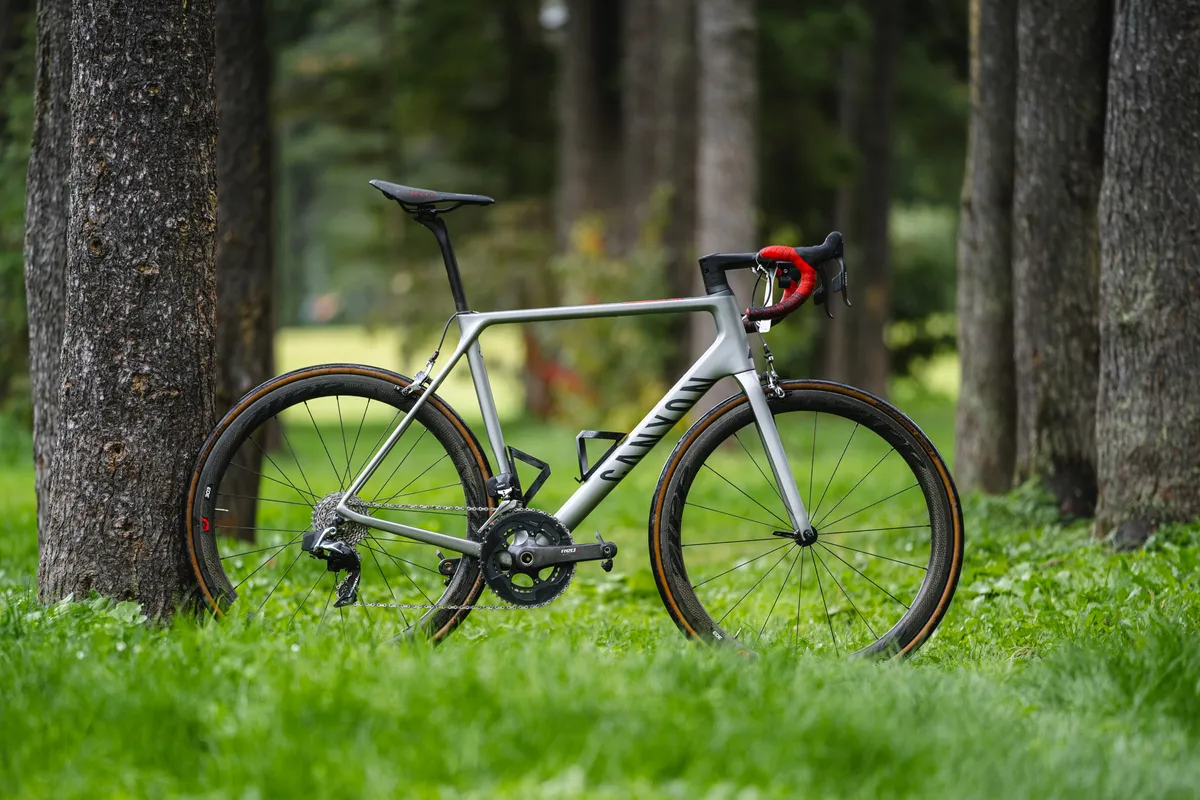
Those thrills could easily include the thrill of prioritising an easy life for your mechanic, designing bikes that don’t take four hours to perform a simple service on.
But to ride, they should be even more accommodating of the everyday enthusiast, tailored to meet your needs without trying to box you in towards a too-extreme bike.
The ‘pro’ bike would be faster, of course, but speed is overrated anyway.

